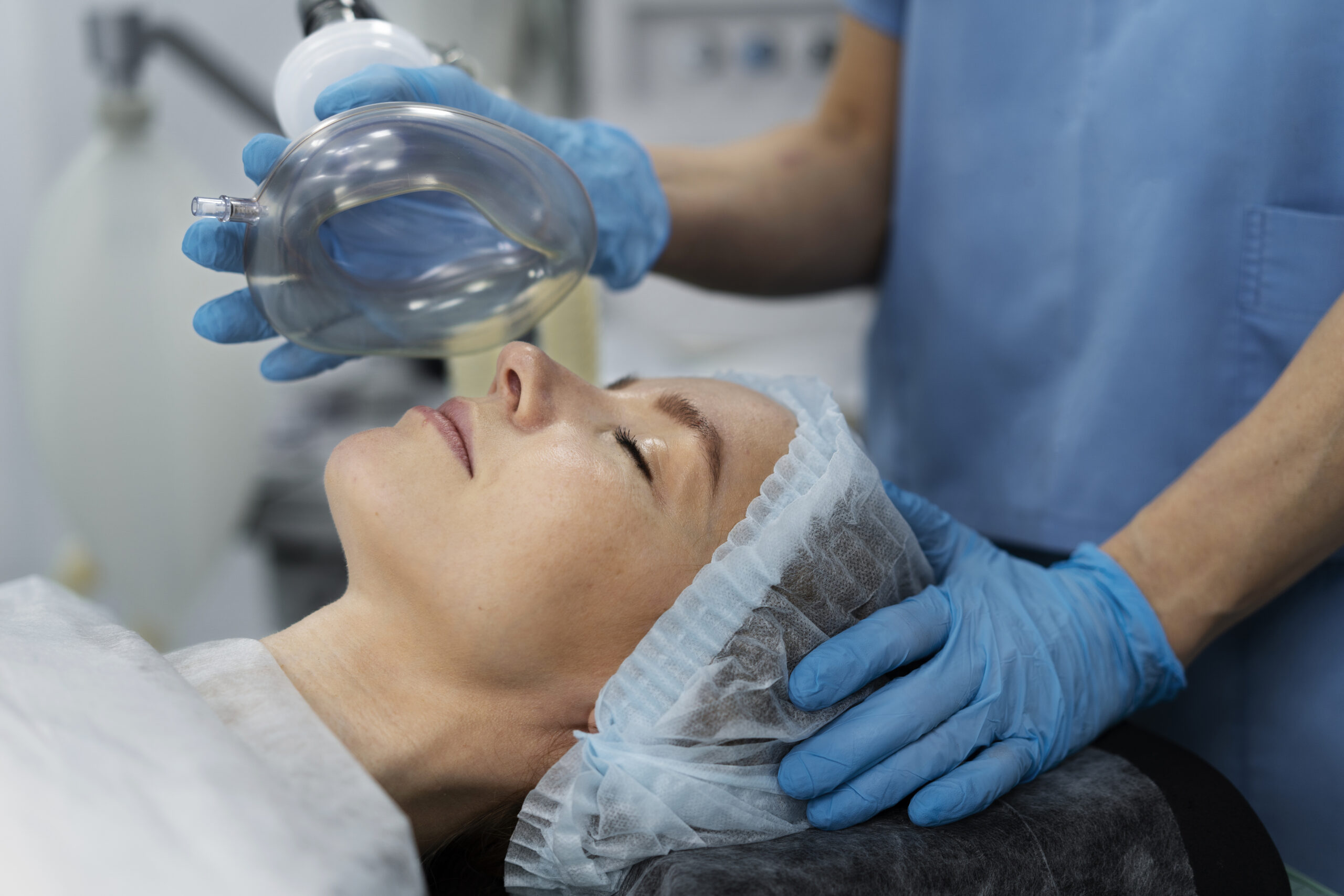Introduction
Ozone therapy, an alternative treatment modality, has been gaining attention in the medical community for its potential benefits in treating various health conditions. This detailed guide aims to provide an in-depth understanding of ozone therapy, exploring its mechanisms, applications, benefits, and risks.
What is Ozone Therapy?
Ozone therapy involves the administration of ozone gas — a molecule consisting of three oxygen atoms — into the body to treat diseases or wounds. It can be applied in various ways, including injecting it into the body, applying it topically, or introducing it via the rectum or vagina.
Historical Background
The use of ozone in medicine dates back to the late 19th century, where it was initially used for its disinfectant properties. Since then, its application has expanded in medical fields, primarily due to its purported healing properties.
Mechanism of Action
Ozone therapy works on the principle that controlled oxidative stress can stimulate the body’s immune response and healing processes. When applied, ozone is believed to:
- Activate the immune system
- Increase oxygen supply to tissues
- Enhance antioxidant responses
- Modulate inflammatory processes
Therapeutic Applications
Ozone therapy is used for a variety of conditions, including:
- Chronic wounds and ulcers
- Infectious diseases
- Circulatory disorders
- Autoimmune diseases
- Age-related conditions
Evidence and Research
While some studies suggest benefits, the scientific community continues to research the efficacy and safety of ozone therapy. The evidence varies, with some studies showing positive outcomes and others indicating a need for more research.
Benefits of Ozone Therapy
Advocates of ozone therapy claim several health benefits, including:
- Improved oxygenation of tissues
- Enhanced immune response
- Faster healing of wounds
- Reduction in pain and inflammation
Risks and Side Effects
Like any medical treatment, ozone therapy carries potential risks and side effects, including:
- Blood clots
- Breathing ozone gas can damage the lungs
- Mild discomfort at the injection site
- Herxheimer reaction (a short-term detoxification reaction in the body)
How is Ozone Therapy Administered?
Ozone therapy can be administered in several ways:
- Intravenous (IV) administration
- Ozone sauna
- Insufflation in various body cavities
- Topical application for skin conditions
Regulatory Status
The regulatory status of ozone therapy varies by country. In some regions, it’s considered experimental and is not widely endorsed by mainstream medical communities.
Patient Considerations
Patients interested in ozone therapy should:
- Consult with a healthcare professional
- Consider the evidence and potential risks
- Evaluate their individual health needs and conditions
Conclusion
Ozone therapy presents a fascinating area of alternative medicine, offering potential benefits for a range of health conditions. However, it’s essential to approach it with a balanced understanding of both its potential and limitations. Ongoing research and clinical trials will continue to clarify its role in modern healthcare.





